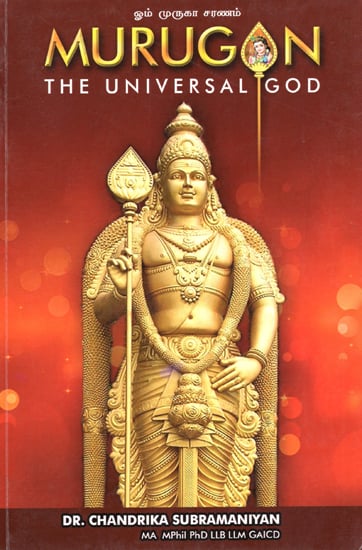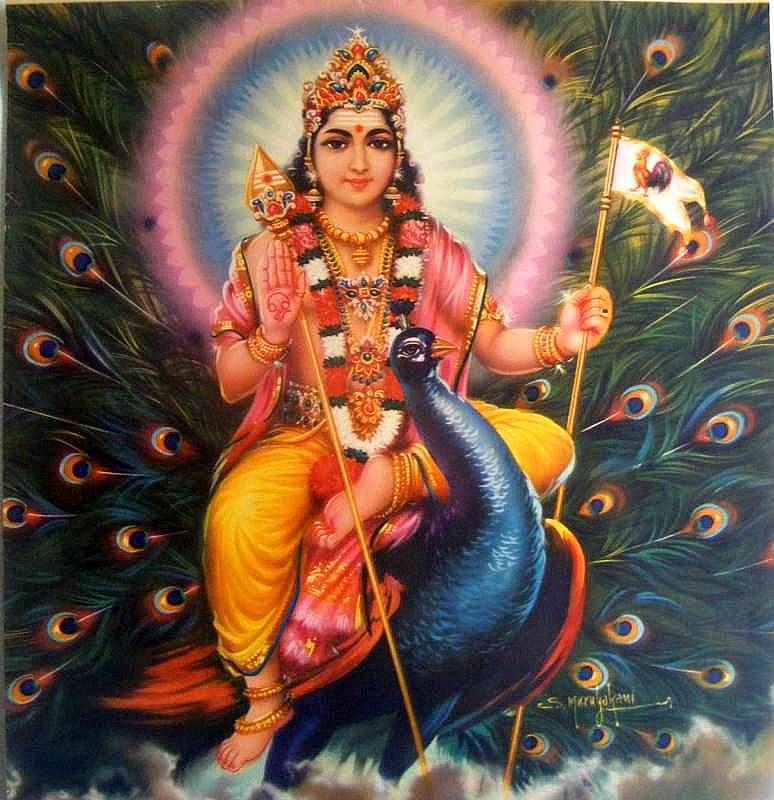

There are two ceremonies in Hindu temples that are similar to Opet: The processional image (Utsavar) of her husband Lord Shiva in this temple is brought to her sanctum, which is to the South-west of Lord Shiva’s shrine, to celebrate their divine union every night, and taken back in the following morning. It may be noted that Egyptian hieroglyphs lack vowels, hence ‘Opet’ can be ‘Puth’ as well.įurther, there is another daily ritual in Madurai, the goddess Meenakshi is the presiding deity of the main temple. Opet and Puth-andu sound similar (‘Puth’ means ‘new’ and ‘andu’ means ‘year’).The day of visit is the first day of the new year.Southern temple of the goddess is visited by her consort.There are 4 points of similarity between the two festivals: Lord Murugan, son of Meenakshi and Lord Shiva is taken in procession to Madurai to celebrate Meenakshi’s wedding, which is known as Chittirai festival or Puthandu, which is the celebration of the first day of the Tamil New year. This has the following counterpart in Madurai in South India. The gods returned to Karnak after the twenty four days of festivity. As part of the festival, the statues of Amun, Mut and their son Khonsu were carried in the Nile on barges. The statue of Khonsu was also brought in this festival from Karnak. The god was in ithyphallic form and met his divine consort Mut for union. In the New Year festival-Opet, the statue of Amun was carried from the Karnak temple to the Southern temple in Egypt.Lord Murugan wears a crescent moon on his head. Khonsu is a lunar god and wears the entire lunar disc resting in a crescent moon upon his head.Khonsu is represented with the side lock of youth, similar to that seen among the priests of Chidambaram.Egyptian god Khonsu is viewed as a child as is Murugan.Chidambaram Shiva is viewed as a manifestation of sky. The word ‘khenes’ means ‘to cross over’ or ‘to traverse’ meaning ‘he who traverses (the sky)’.Khonsu has the following additional points of resemblance to Lord Murugan and Lord Shiva of Chidambaram: Also, devotees of Lord Ayyappa wear black clothes the black color is sacred for Egyptians. The suffixes ‘-appa’ is also added for respect. ‘Ayya’ means father or any ‘respectable person’. The name of Lord Ayyappa of Kerala is close to Iah.Again, ‘Ayyan’ means father or any ‘respectable person’. The name of God ‘Ayyanar’ of Tamilnadu is close to Iah.‘Ayyah’ is used in Tamil to designate chiefly father but also brother or any other senior man in the family. In Pyramid texts the deceased king announces that the moon (Iah) is his brother and father.Murugan is shown to be carrying Dandayudha in some temples, thus he is called Dandayudha-pani, meaning “One who is holding a staff”.
#MURUGAN GODS FULL#

God Iah was originally an independent deity and later absorbed by Khonsu and viewed as adult form of that god. Murugan is depicted holding either a staff or a harpoon. Nefertem holds a scepter in one of his hands.Murugan is represented as a snake, for example, in two of his very sacred temples in South India: Kukke and Ghati. Nefertem was the son of the cobra goddess Wadjet of Buto.Amun, Mut and Khonsu, the local divine triad of Thebes, are also shown similarly. In Tamil Nadu we come across plenty of idols in which Murugan also called Skanda is seated between Lord Shiva and Parvathi, this triad is called Somaskandar. Nefertem was the son of Sekhmet and Ptah and the three formed a divine triad.Muruga is also called Subrahmanya, meaning kind to Brahman. Typically Brahma is depicted sitting on the lotus of primordial waters. Lord Muruga is also called Kumara, Bala and Kandan meaning a ‘young boy’. Nefertem was the youthful god of the lotus blossom he rose from the primeval waters.All facts pertaining to Egyptian deities are from unless explicitly stated.


 0 kommentar(er)
0 kommentar(er)
